Along with the opening of Mickey and Minnie’s Runaway Railway in Disney’s Hollywood Studios in early March came the release of a corresponding line of souvenirs tied to the first-ever Disney park attraction starring Mickey Mouse.
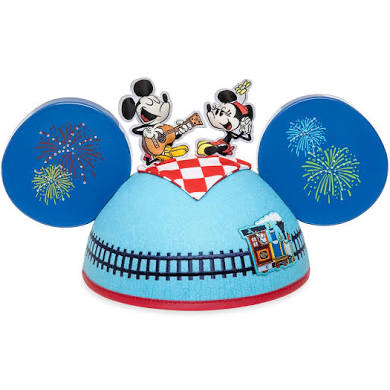
“I designed a collectible Mickey ear hat that’s themed after the ride,” Rafferty said proudly prior to the opening of the attraction. “They sell this exclusive set of Mickey ears in a collectible box that’s kind of like the Kevin Rafferty Edition kind of thing.”
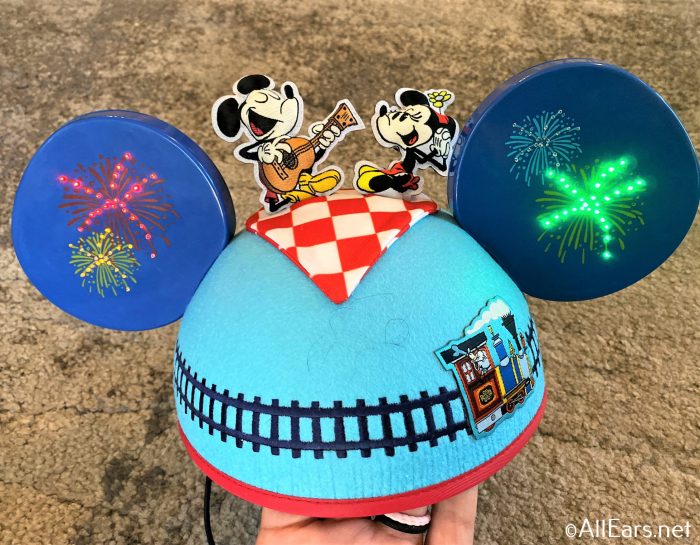
Indeed, at the grand opening of the attraction in early March, Rafferty could be seen autographing the ears for several eager fans.The Rafferty-designed collectible joins an incredibly long list of Disney-themed souvenirs, all of which play an important role in the overall Disney experience.
The idea of selling merchandise tied to Disney characters goes all the way back to 1929 and, as with many strokes of good fortune, it was a random encounter that triggered the birth of Disney-themed merchandising.
“It all started by chance,” explained Disney historian Dave Smith in 1998. “Walt Disney was walking through a hotel lobby in New York. A man came up to him asking if he could put Mickey Mouse on a children’s tablet [or writing pad] he was manufacturing. “He offered $300, and as Walt needed the money, he agreed. That tablet began Disney licensing.”
Over the next year, a Mickey Mouse book and a comic strip were licensed.

Building on the modest success of the Disney cartoon shorts in the late 1920s and early 1930s, Kamen added lucrative tie-ins to the films – things like Mickey Mouse pins, watches, dolls, shirts and plush toys. He also would lend the Disney character images to product endorsements.
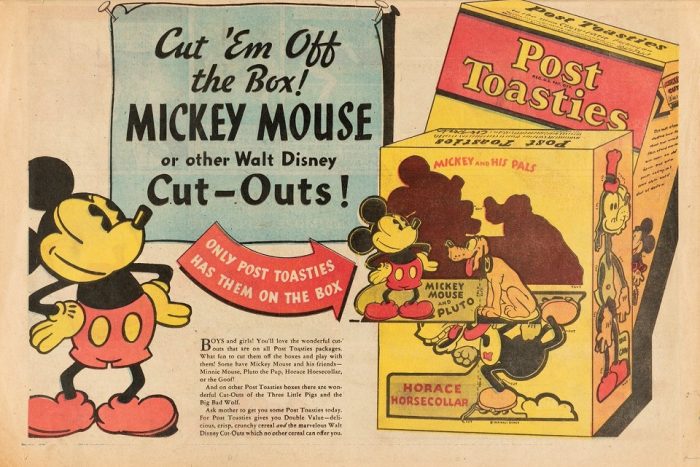
“I’m on Post Toasties boxes now!” proclaims Mickey in his ad. The ad goes on to say, “Here’s a barrel of fun for boys and girls! Wonderful cut-outs of Mickey and his pals on some Post Toasties packages. The Three Little Pigs on others. Children love them! “Serve Post Toasties often. The whole family will love these golden, toasted corn-heart flakes that stay crisp and crunchy in milk or cream.”

With the country in the throes of The Great Depression in the early 1930s and with entertainment options virtually non-existent, particularly for children, the idea of cutting out Disney characters and collecting them caught on.
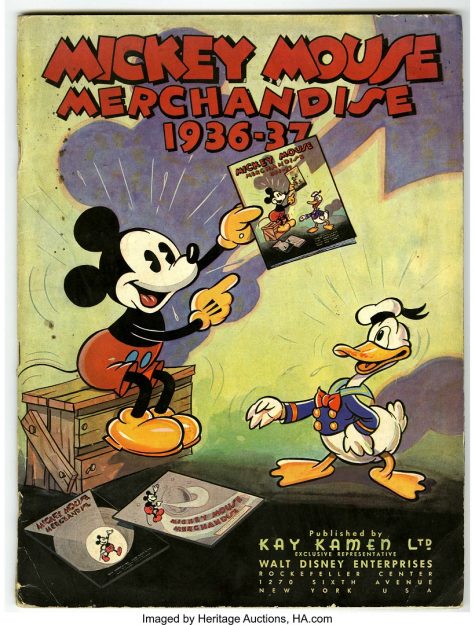
In 1933, watchmaker Ingersoll Waterbury was on the brink of bankruptcy. After it introduced the first-ever Mickey Mouse watch, it needed to hire more than 2,500 additional factory workers to keep up with the demand.
MACY’S SOLD MORE THAN 11,000 WATCHES IN ONE DAY
The watch was so popular that Macy’s in Manhattan sold 11,000 Mickey Mouse watches in one day. And Kamen’s imagination seemingly knew no bounds: In the late 1930s, images of Snow White appeared on the bottles of household bleach and ammonia.
Kamen was associated with the Walt Disney Company for 17 years before he died in a plane crash over Spain in 1949. For his contributions to the company, he was named a Disney Legend in 1998. Disney was at the forefront of another innovative merchandising concept in the mid-1950s.
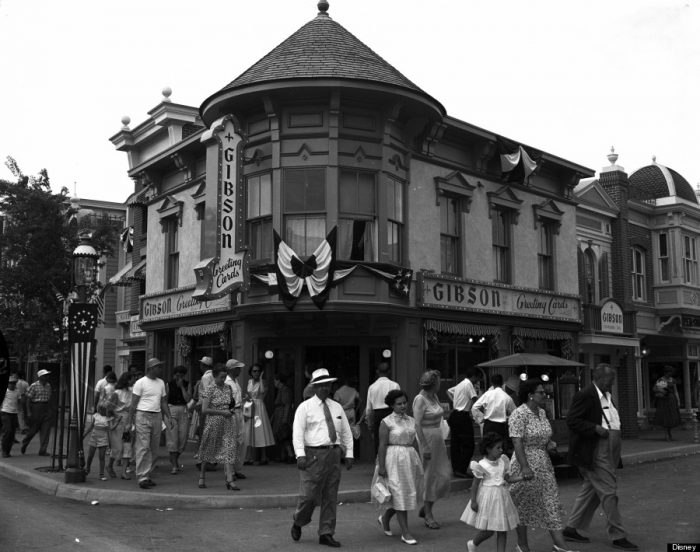
In the beginning, those shops were leased by major corporations. Over time, as Disneyland’s popularity soared, Disney took over the Main Street shops and began selling its own licensed merchandise.
DISNEY STORE TOOK MERCHANDISING TO A NEW LEVEL
On March 28, 1987, the Walt Disney Company took its retail brand outside the parks when it launched The Disney Store in the Glendale Galleria in California. The store was the first to offer Disney merchandise exclusively and the concept quickly caught on. By the late 1990s, there were more than 700 Disney Stores around the United States and in 10 foreign countries.
The Disney Store also was at the forefront of internet shopping when it launched The Disney Store Online in 1996. In addition, over the years Disney expanded its retail footprint by forging relationships with major companies, including JC Penney and Target, thus carrying on the merchandising philosophies first introduced by Kay Kamen in the 1930s.
What is your favorite piece of Disney memorabilia you own? Let us now in the comments below!
Join the AllEars.net Newsletter to stay on top of ALL the breaking Disney News! You'll also get access to AllEars tips, reviews, trivia, and MORE! Click here to Subscribe!






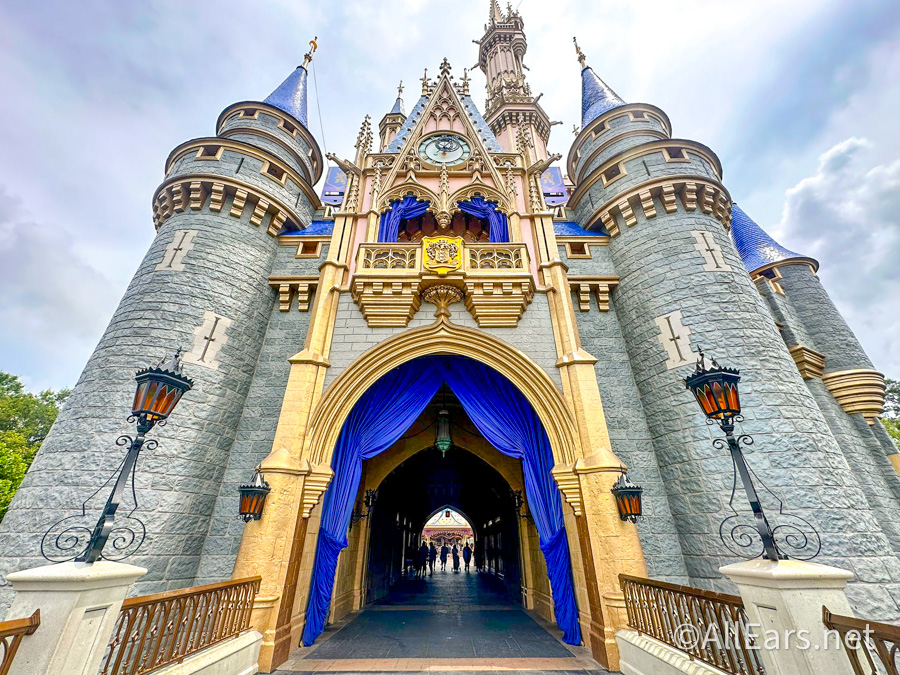
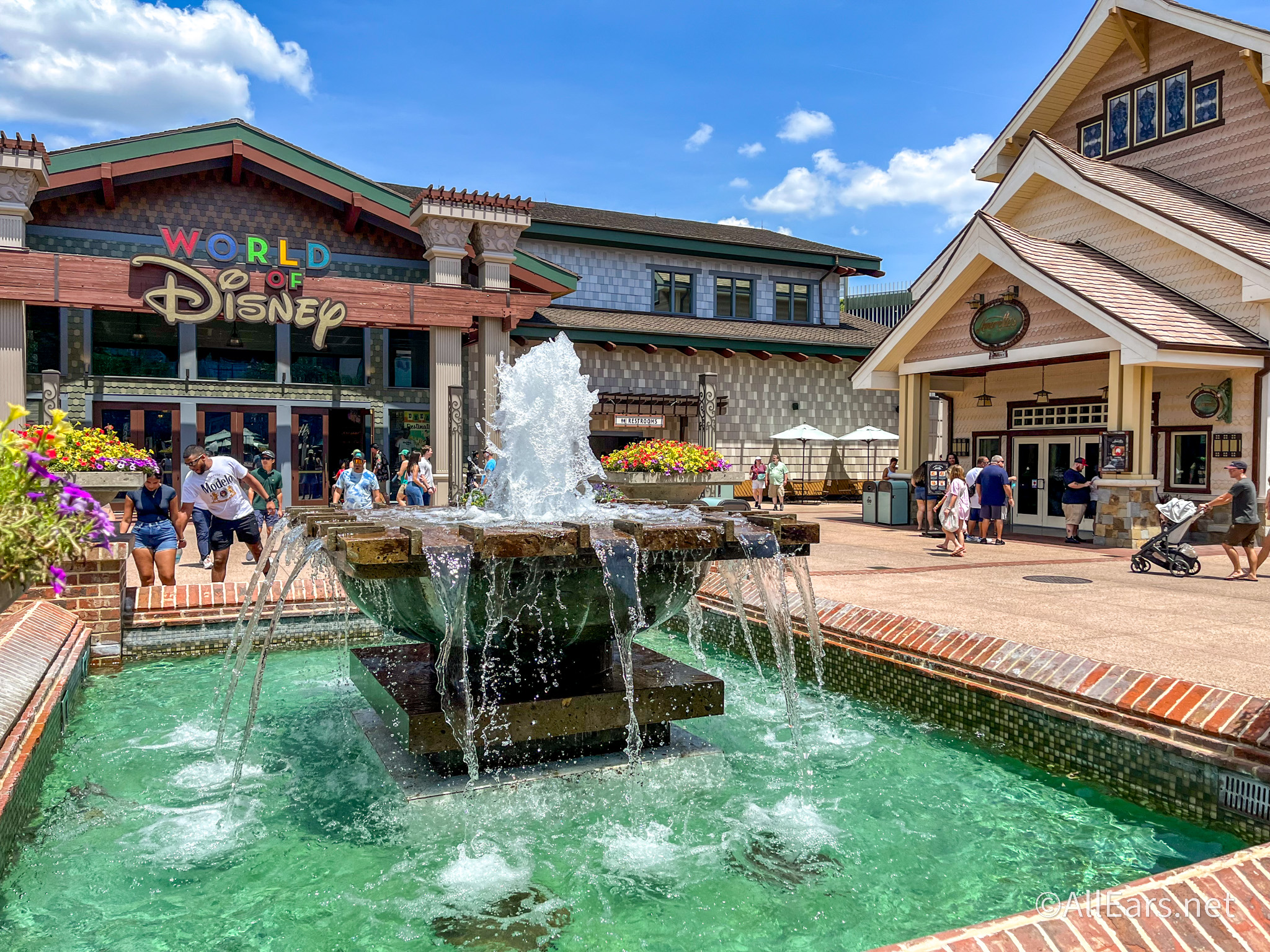



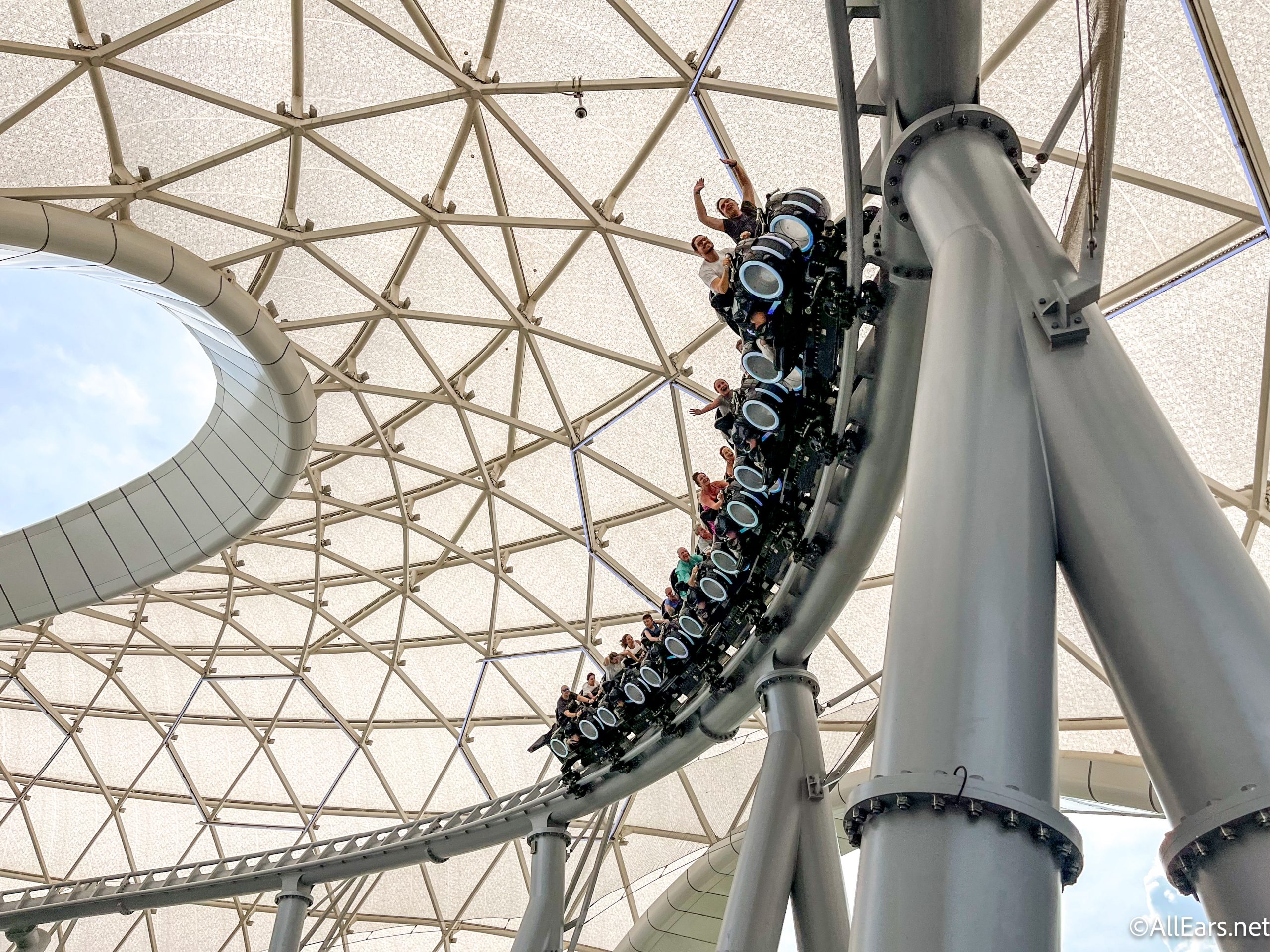




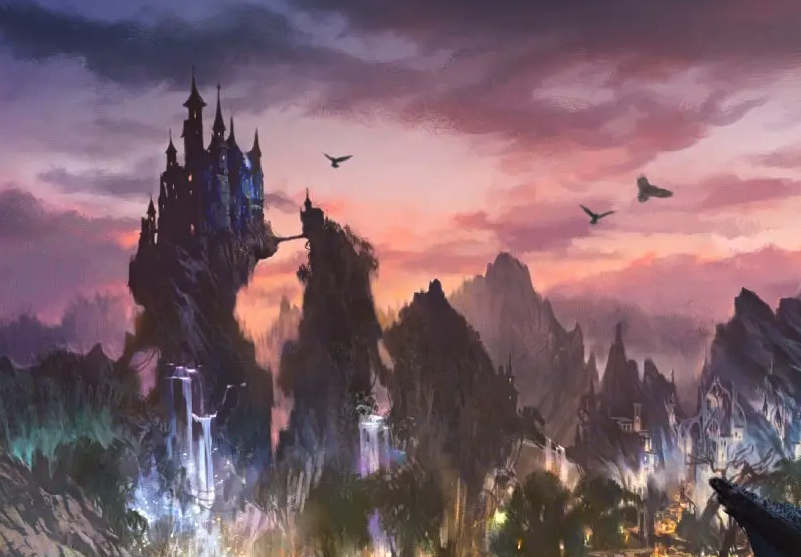

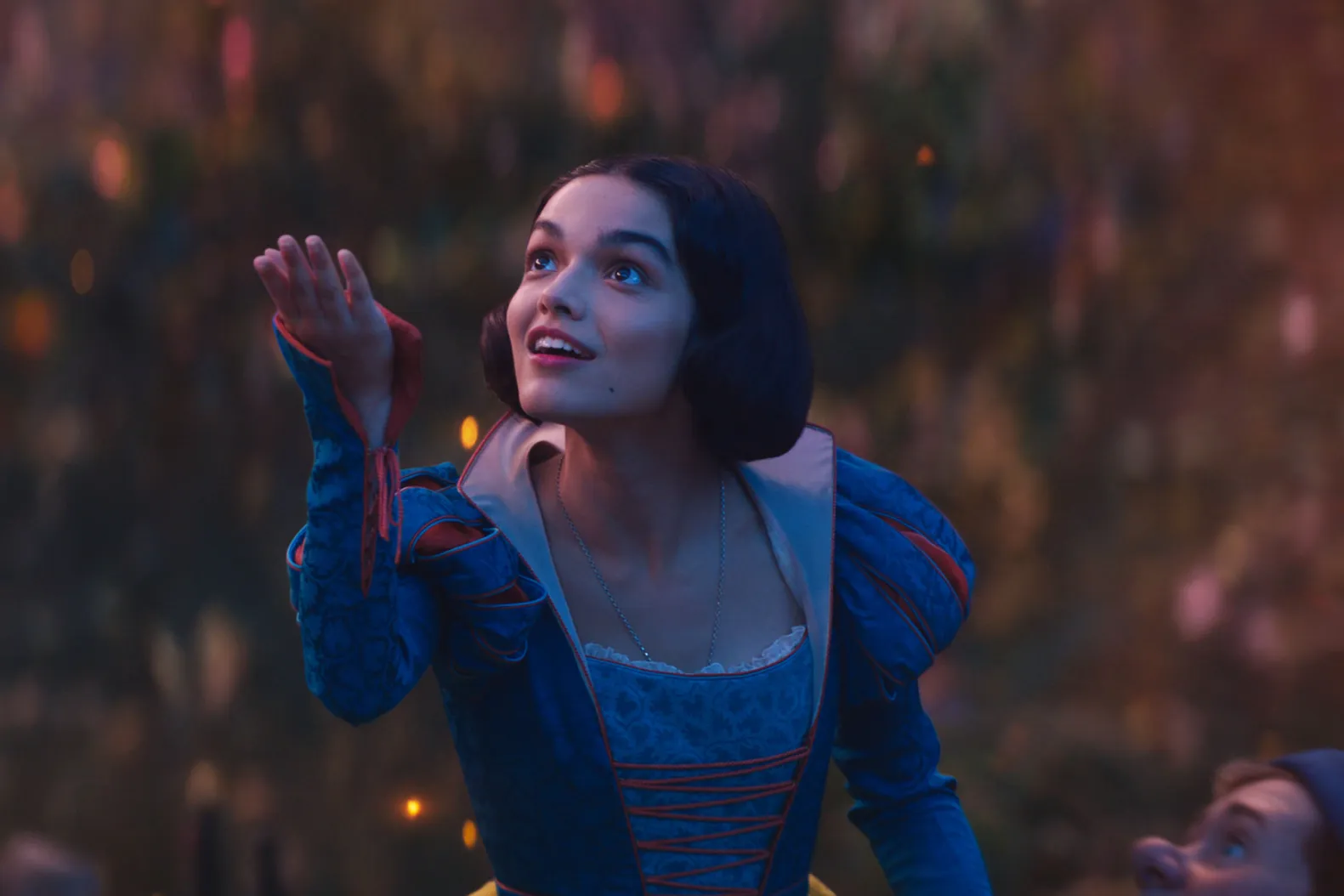

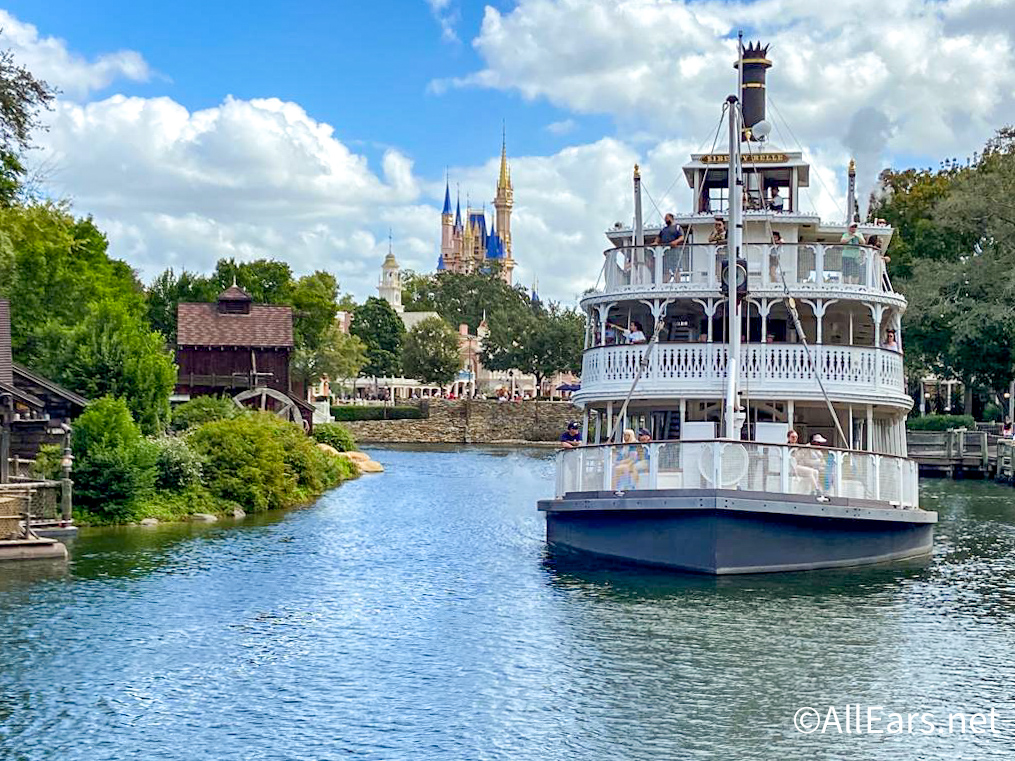
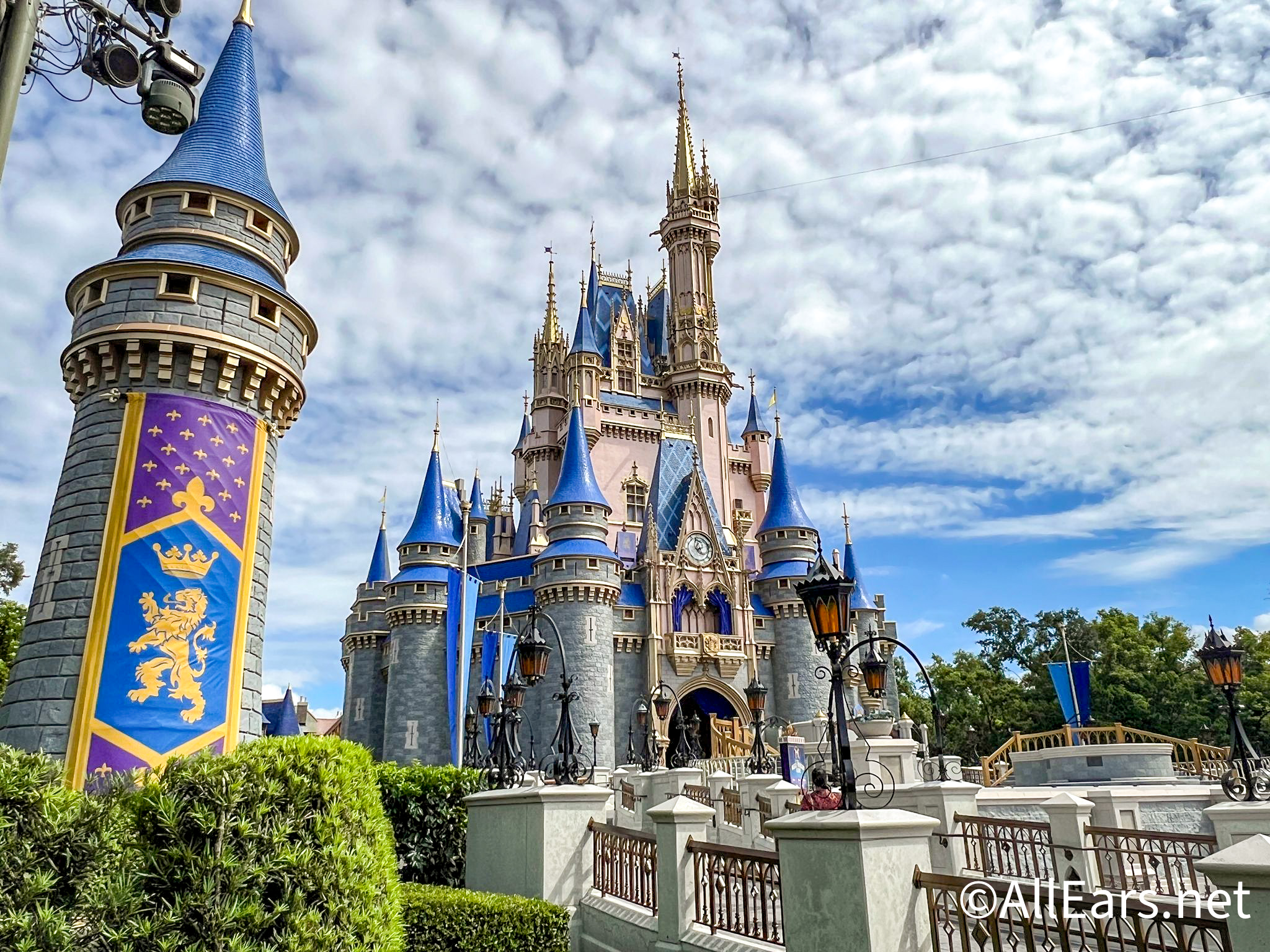

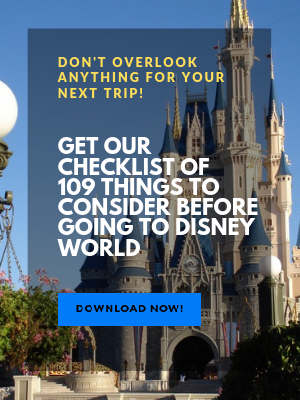
Trending Now
Grab these discounted Disney gifts online RIGHT NOW!
We just spotted a celebrity in Disney World, but not just anyone -- the F1...
No matter how tempting it might be to stay in line for Slinky Dog Dash...
You can grab these Disney trip essentials from the Dollar Store to save you money!
Introverts heading to the shopping district should take heed.
BoxLunch x Disney just dropped our favorite Halloween collection EVER!
This Magic Kingdom attraction has officially reopened!
These abandoned plans are still haunting Disney World.
4 attractions broke the 70-minute average mark
A store is finally reopening after YEARS in Magic Kingdom!
This Magic Kingdom attraction is open NOW!
The potential UK Universal park has just submitted their first plans!
Let's take a look where the new Monsters, Inc. land is going in Hollywood Studios!
We just got to see Villains Land construction from a NEW viewpoint!
Check out all the new nonstop flights to Orlando that were added this month!
We asked our followers to share their Disney movie red flags, and they had some...
Check out the exclusive Coca-Cola Star Wars cans and bottles coming to Disney World and...
These Disney attractions are closing PERMANENTLY!
Here are some glaring Disney World red flags that you cannot ignore!!
The Tomorrowland favorite is BACK!